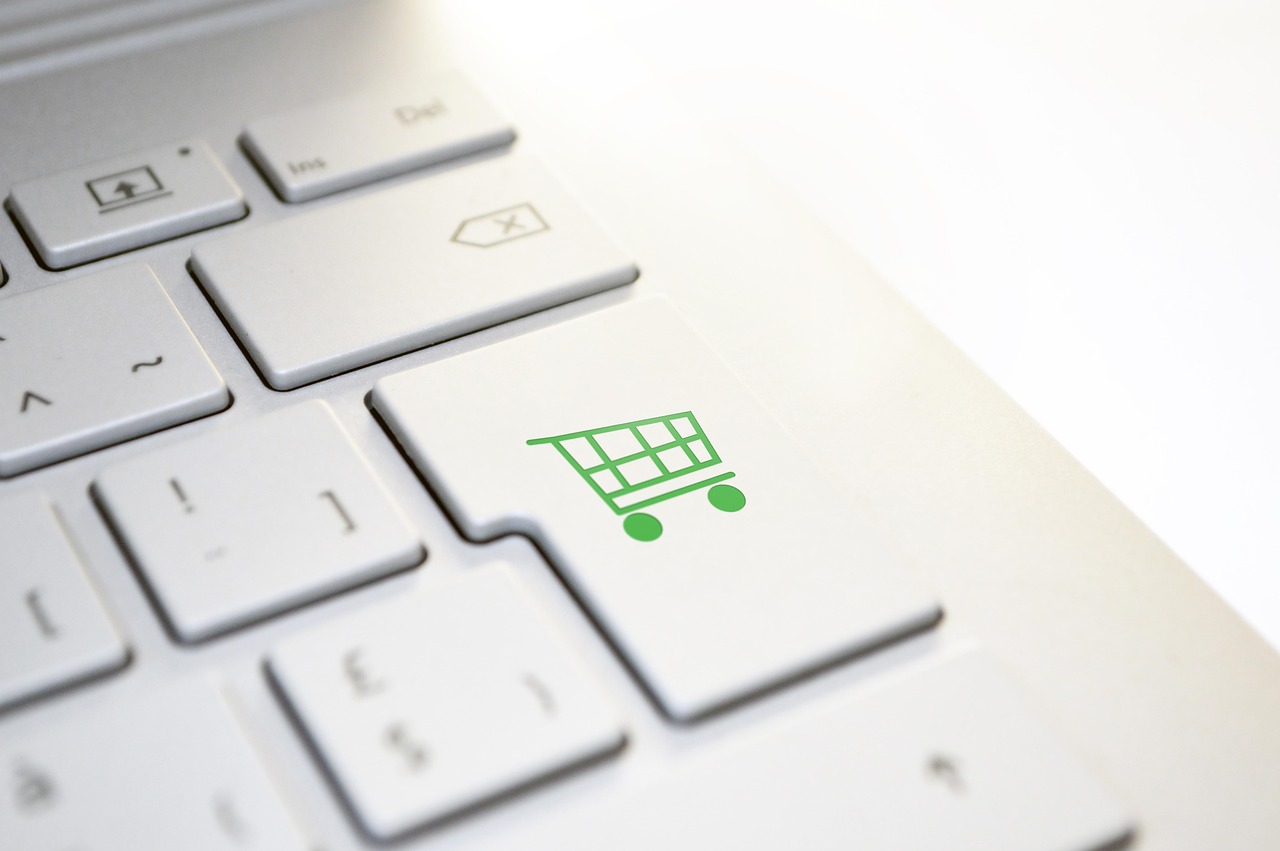Online payments have revolutionized the way we conduct business and manage our finances. From e-commerce transactions to subscription services and peer-to-peer transfers, the convenience and efficiency of online payment systems have transformed the global economy. Understanding the various options, security measures, and best practices associated with online payments is crucial for businesses and consumers alike. This comprehensive guide will walk you through everything you need to know about navigating the world of online payments.
Understanding Online Payment Gateways
What is a Payment Gateway?
A payment gateway is a technology that authorizes credit card or direct payments processing for online businesses. Think of it as the online equivalent of a physical point-of-sale (POS) terminal at a retail store. It securely transmits transaction data between the customer, the merchant, and the payment processor.
- Functionality: Payment gateways encrypt sensitive information, such as credit card numbers, to ensure data security during transmission.
- Integration: They integrate with e-commerce platforms, websites, and mobile apps, allowing businesses to accept payments directly from customers.
- Examples: Popular payment gateways include PayPal, Stripe, Authorize.net, and Square.
How Payment Gateways Work
The process typically involves these steps:
Choosing the Right Payment Gateway
Selecting the right payment gateway is essential for a smooth and secure payment process. Consider these factors:
- Transaction Fees: Compare the transaction fees charged by different gateways. These can vary widely.
- Integration Compatibility: Ensure the gateway integrates seamlessly with your e-commerce platform or website.
- Security Features: Look for gateways that offer robust security features, such as PCI DSS compliance and fraud detection tools.
- Supported Payment Methods: Choose a gateway that supports the payment methods preferred by your customers (e.g., credit cards, debit cards, digital wallets, local payment options).
- Customer Support: Opt for a provider with reliable customer support in case you encounter any issues.
Online Payment Methods: A Diverse Landscape
Credit and Debit Cards
Credit and debit cards remain the most widely used online payment methods. They offer convenience and security for both buyers and sellers.
- Key Features: Card payments involve entering card details (card number, expiration date, CVV) into a secure payment form.
- Security Measures: Payment gateways use encryption and tokenization to protect card data.
- Fraud Prevention: Advanced fraud detection systems help identify and prevent fraudulent transactions.
- Example: Visa, Mastercard, American Express, Discover
Digital Wallets
Digital wallets (also known as e-wallets) store payment information securely on a device, allowing users to make payments without entering card details each time.
- Convenience: Streamlined checkout process with one-click payments.
- Security: Enhanced security features, such as biometric authentication and tokenization.
- Popular Options: PayPal, Apple Pay, Google Pay, Samsung Pay
- Example: Using Apple Pay on a mobile device for a quicker checkout.
Bank Transfers and Direct Debits
Bank transfers and direct debits enable customers to pay directly from their bank accounts. These methods are particularly popular in some European countries.
- Bank Transfers: Customers manually transfer funds from their bank account to the merchant’s account.
- Direct Debits: Customers authorize the merchant to automatically debit funds from their bank account on a recurring basis (e.g., for subscriptions).
- Popular Services: ACH (Automated Clearing House) in the US, SEPA (Single Euro Payments Area) in Europe.
Cryptocurrency Payments
Cryptocurrencies, such as Bitcoin and Ethereum, are increasingly being used for online payments, offering anonymity and decentralization.
- Anonymity: Transactions can be conducted without revealing personal information.
- Decentralization: Payments are not controlled by any central authority.
- Lower Fees: Cryptocurrency transactions can often have lower fees compared to traditional payment methods.
- Example: Using Coinbase Commerce to accept Bitcoin payments on an e-commerce website.
Enhancing Security in Online Payments
PCI DSS Compliance
PCI DSS (Payment Card Industry Data Security Standard) is a set of security standards designed to protect cardholder data. Compliance with PCI DSS is essential for any business that accepts credit card payments.
- Requirements: PCI DSS compliance involves implementing various security measures, such as using firewalls, encrypting cardholder data, and regularly monitoring systems for vulnerabilities.
- Benefits: PCI DSS compliance helps protect your business and customers from data breaches and fraud.
Tokenization and Encryption
Tokenization replaces sensitive payment data with non-sensitive “tokens,” making it useless to hackers if intercepted. Encryption scrambles data during transmission to prevent unauthorized access.
- Tokenization: Protects cardholder data by replacing it with a unique identifier.
- Encryption: Ensures that data is unreadable during transmission between the customer, merchant, and payment processor.
Fraud Detection and Prevention
Implementing fraud detection tools and strategies is crucial for minimizing fraudulent transactions.
- Address Verification System (AVS): Verifies the billing address provided by the customer matches the address on file with the card issuer.
- Card Verification Value (CVV): Requires customers to enter the three- or four-digit CVV code on the back of their credit card.
- Fraud Scoring: Assigns a risk score to each transaction based on various factors, such as IP address, location, and purchase history.
- 3D Secure Authentication: Adds an extra layer of security to online card transactions by requiring customers to authenticate themselves with their bank or card issuer (e.g., Verified by Visa, Mastercard SecureCode).
Mobile Payments and the Rise of m-Commerce
Mobile Payment Technologies
Mobile payments involve using mobile devices (smartphones, tablets) to make purchases. These technologies are transforming the way people shop and pay.
- NFC (Near Field Communication): Enables contactless payments by tapping a mobile device on a compatible payment terminal.
- QR Codes: Customers can scan a QR code with their mobile device to initiate a payment.
- Mobile Wallets: Store payment information securely on a mobile device for quick and easy payments.
- Example: Tapping your phone on a payment terminal in a store, using Apple Pay or Google Pay.
Optimizing for Mobile Commerce
With the increasing use of mobile devices for online shopping, it’s essential to optimize your website and payment process for mobile users.
- Responsive Design: Ensure your website is responsive and adapts to different screen sizes.
- Mobile-Friendly Checkout: Simplify the checkout process for mobile users by reducing the number of steps and form fields.
- Mobile Payment Options: Offer mobile payment options, such as Apple Pay and Google Pay.
- Example: Amazon’s mobile app offers a seamless shopping and payment experience on smartphones.
The Future of Online Payments
Biometric Authentication
Biometric authentication (fingerprint scanning, facial recognition) is becoming increasingly popular for online payments, offering enhanced security and convenience.
- Fingerprint Scanning: Using a fingerprint to authenticate a payment.
- Facial Recognition: Using facial recognition to verify the user’s identity.
Blockchain Technology
Blockchain technology has the potential to revolutionize online payments by providing a secure, transparent, and decentralized platform for transactions.
- Faster Transactions: Blockchain can enable faster and more efficient cross-border payments.
- Lower Fees: Reduced transaction fees compared to traditional payment methods.
- Enhanced Security: Immutable and transparent transaction records.
Artificial Intelligence (AI) in Fraud Prevention
AI is being used to develop advanced fraud detection systems that can identify and prevent fraudulent transactions in real-time.
- Machine Learning: AI algorithms can learn from past transactions and identify patterns that indicate fraud.
- Real-Time Analysis: AI can analyze transactions in real-time and flag suspicious activity.
Conclusion
Online payments are an integral part of the modern economy, offering convenience, security, and efficiency for businesses and consumers. Understanding the various payment methods, security measures, and emerging technologies is crucial for navigating this ever-evolving landscape. By implementing the best practices outlined in this guide, businesses can provide a seamless and secure payment experience for their customers, while consumers can confidently make online purchases knowing their data is protected. Staying informed and adapting to new trends in online payments is essential for success in today’s digital world.




